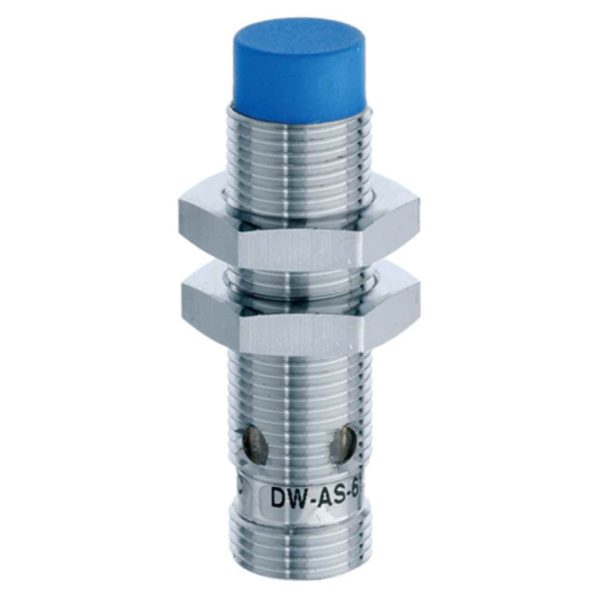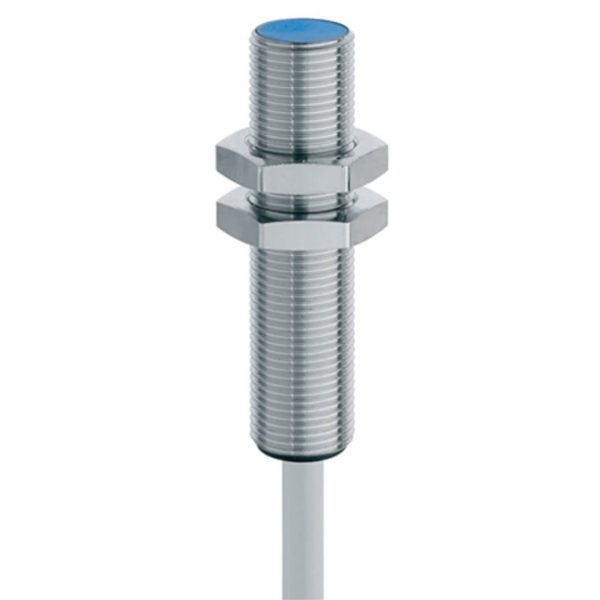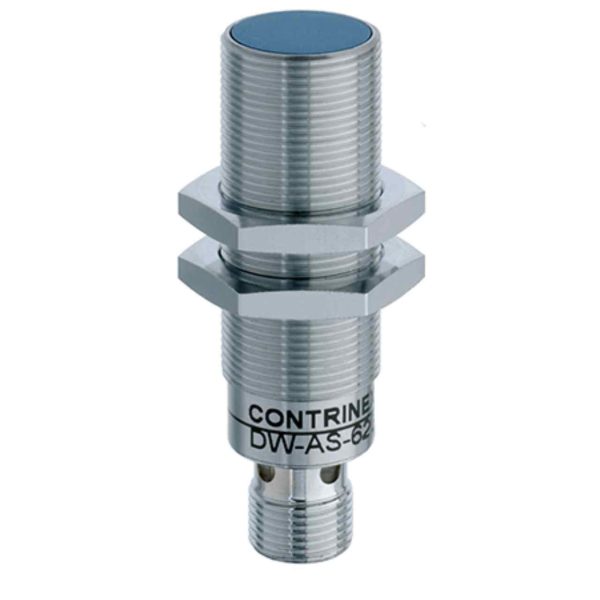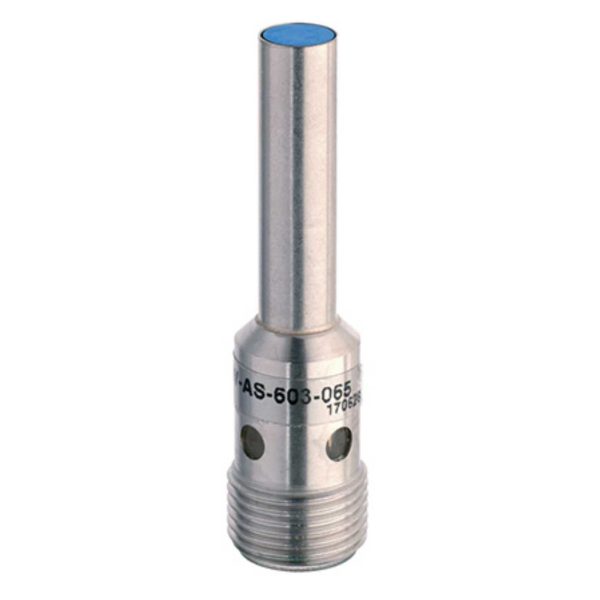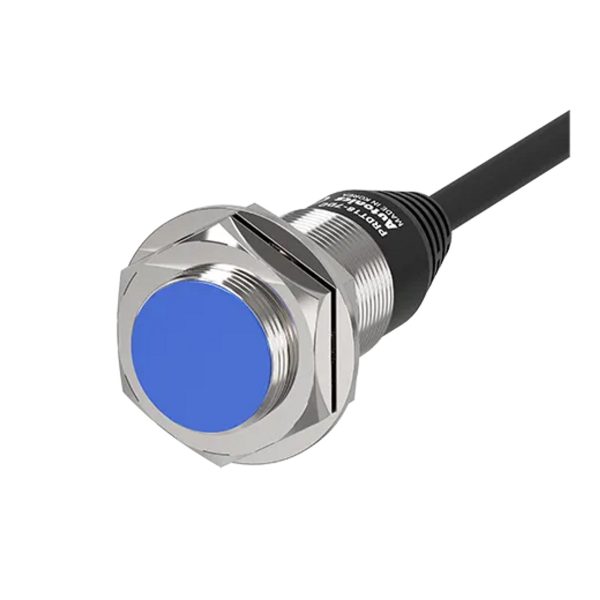Categories
DESCRIPTION
Autonics Photoelectric Sensor with Built-in Timer – BYD100-DDT
NPN Open collector, Cable type connection, Front operation indicator
The Autonics photoelectric sensor BYD100-DDT is Diffuse reflective sensing type, comes in a rectangular shape, sensing distance of 100mm, Response time of Max. 3ms and rectangular installation. The standard rectangular photo sensor can be used in diverse applications requiring non-contact detection of Opaque, Translucent material.
As a quick report, this photoelectric sensor provides:
- Diffuse reflective sensing type
- 100mm sensing distance
- Opaque, Translucent sensing target
- Infrared LED Light source
- 12-24VDC ±10% (ripple P-P: max. 10%) power supply
- NPN open collector control output
- Operation mode: Light ON
- Sensitivity adjuster
- Operation indicator (red)
- IP64 ingress protection structure according to IEC standards
- W12×H32×L18 mm
Body
This Autonics photoelectric sensor’s case is made of ABS and its Sensing part is made of acrylic.
The BYD100-DDT features IP64 ingress protection.
Connection
The Autonics sensor BYD100-DDT features standard cable type connection. This cable covers the sensor’s 3 wires. It is Ø3.5mm in diameter and 2 meters in length.
Sensing specifications
The sensing target for this photoelectric sensor is Opaque, Translucent material. The maximum distance that this sensor can detect its standard sensing target is 100mm. This so-called sensing distance differs from one sensing target to another, based on their material.
Control output
The BYD100-DDT features NPN open collector control output. NPN stands for Negative-Positive-Negative transistors.
Temperature
There are limitations in temperature and humidity in which BYD100-DDT photoelectric sensor is used:
- Storage temperature: -25 … 70°C
- Storage humidity: 35 to 85%RH
- Ambient temperature: -25 … 65°C
- Ambient humidity: 35 to 85%RH
Environment resistance is rated at no freezing or condensation.
Still want to know more? Click here to find out about Autonics Photoelectric Sensors working principles.


